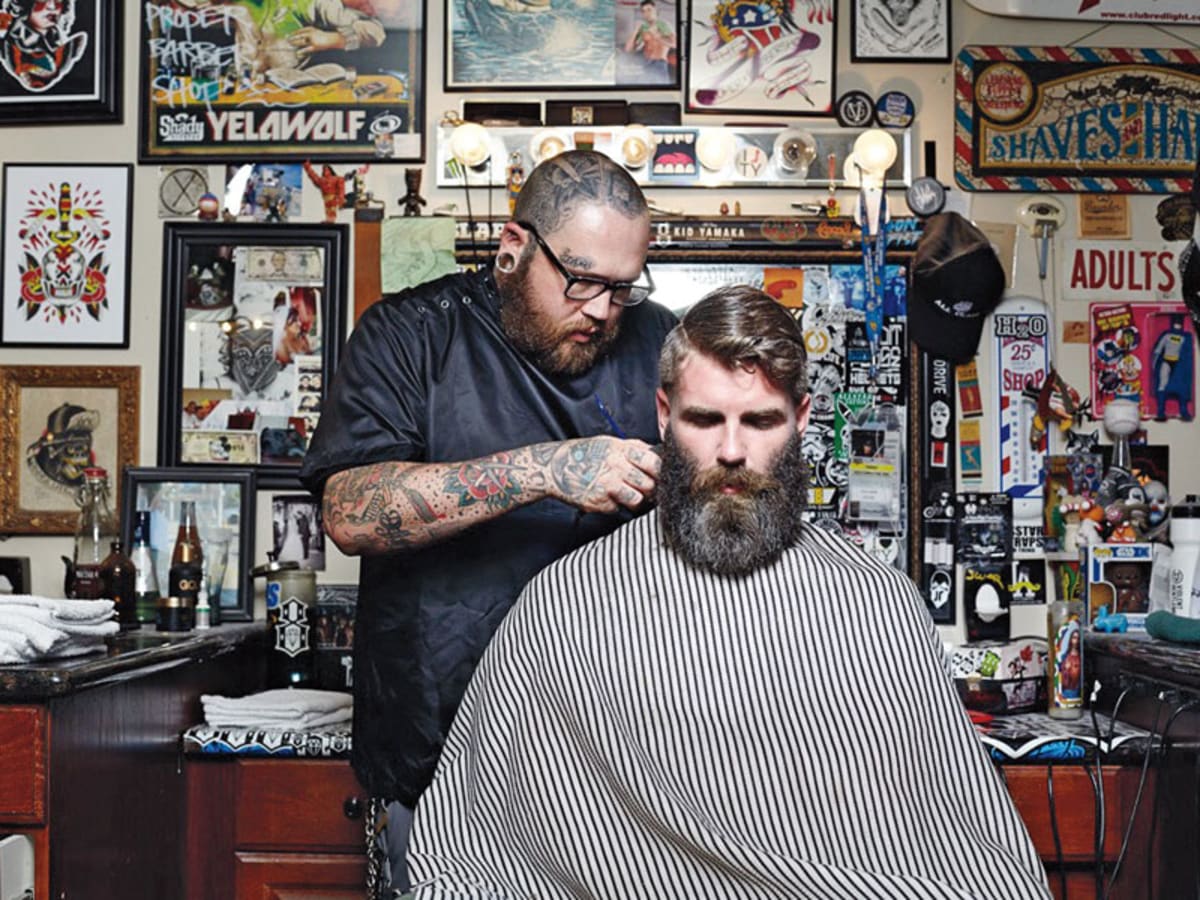The Timeless Evolution of Barbering Tools and Techniques Through the Centuries
Wiki Article
Hairdressing has a deep heritage that spans thousands of centuries, developing from basic tools and methods to the sophisticated methods used currently. The earliest hairdressers were often priests or healers who conducted haircuts and shavings as part of their religious or healthcare responsibilities. In ancient Egypt, groomers used sharpened rocks and bronze tools to style the hair and facial hair, which were important emblems of prestige and cleanliness. The instruments of the trade were not just functional; they also held societal importance, reflecting the principles and beliefs of the community at the time.
As civilizations progressed, so did the tools and methods used in barbering. In historical Rome, barbershops became popular social centers where men gathered not only for grooming but also for discussion and relaxation. Groomers used more sophisticated tools, such as steel blades and combs, which enabled for more accurate cuts. The advent of the straight blade marked a notable advancement in barbering, providing a tighter shave and a more refined appearance. This era also saw the emergence of the grooming sign, a symbol of the profession, which represented the fluid and bandages associated with grooming surgeons who performed minor surgical operations.
During the Middle Ages, barbering took on new aspects as groomers began to specialize in various services. They not only trimmed locks but also provided shaves, dental services, and even phlebotomy. The instruments used during this time included the infamous barber's bowl and the flat blade, which remained popular for centuries. The skill of these tools improved, with artisans creating premium cutters that were both long-lasting and efficient. This period emphasized the importance of hygiene and individual care, as barbers played a crucial role in maintaining the well-being and look of their customers.
The Industrial Revolution brought about major transformations in grooming tools and techniques. With progress in production, barbers could access a wider variety of instruments, including safety razors and electric clippers. These advancements made trims and shaves more efficient and available to the general population. The growth of grooming salons as community gathering places persisted, with barbers becoming trusted figures in their neighborhoods. The advent of new trends and trends, shaped by popular society, further changed the barbering profession, allowing groomers to read the article demonstrate their artistry and expertise.
Today, barbering is a mix of classic techniques and modern innovations. While many groomers still use flat razors and scissors, powered clippers have become crucial instruments in the field. The focus on individual care has expanded to include a variety of offerings, such as beard grooming, color dyeing, and skin treatment. Barbershops have transformed into trendy establishments that serve to a varied clientele, offering a welcoming environment for all. The enduring evolution of barbering instruments and techniques mirrors not only the progress in technology but also the lasting significance of personal care in human tradition.
